This article delves into Namie Yakisoba, a distinct and beloved Japanese noodle dish. We will explore what makes this local specialty unique, tracing its origins and understanding its cultural significance. Prepare to uncover the simple yet profound appeal of this Fukushima favorite.
What is Namie Yakisoba?
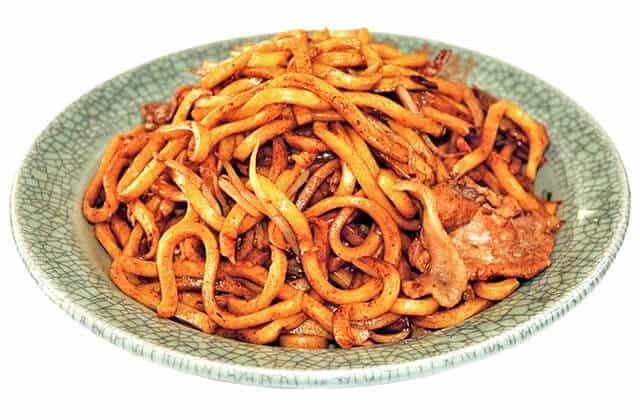
Namie Yakisoba, or なみえ焼きそば, is a unique stir-fried noodle dish originating from Namie Town in Fukushima Prefecture, Japan. Its defining characteristic lies in its exceptionally thick, chewy noodles, which are considerably larger than those typically used in other yakisoba variations. Often described as being as thick as udon noodles, these robust strands are just two main ingredients: slices of tender pork belly and crisp bean sprouts. Locals coated this dish in a rich, savory sauce, often with a deep brown hue, that adheres well to the thick noodles.
The simplicity of Namie Yakisoba’s components is key to its appeal. The focus remains on the quality and texture of the thick noodles, the savory depth of the pork, the freshness of the bean sprouts, and the distinctive flavor of the sauce. Unlike some other regional yakisoba, it doesn’t typically feature a wide array of vegetables or elaborate toppings, allowing the core elements to truly shine. This straightforward approach creates a satisfying and hearty meal, often enjoyed for its filling nature and comforting taste. In Namie, it’s often sprinkled with chili pepper for an extra kick.
Namie Yakisoba History
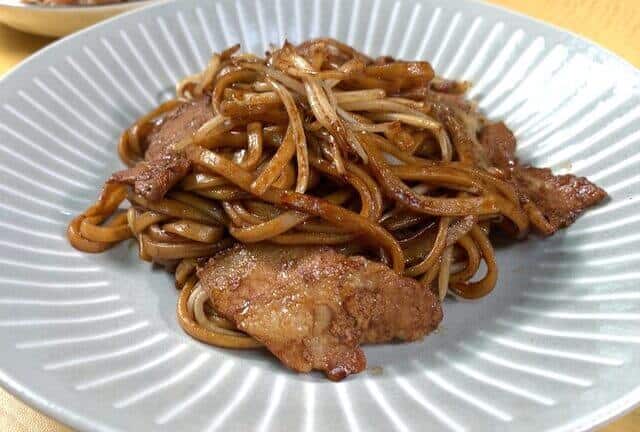
The history of Namie Yakisoba comes with the working-class culture of Namie Town following World War II. It emerged approximately 60 to 70 years ago as an affordable and substantial meal for laborers and factory workers. Locals chose the thick noodles specifically because they provided a more filling and energizing dish, crucial for those engaged in physically demanding jobs. Initially, there were no dedicated yakisoba restaurants; instead, local eateries and izakayas commonly served this dish.
A pivotal moment in Namie Yakisoba’s history occurred in 1955, when a restaurant near the former National Railway Namie Station, “Namie Specialty Original Yakisoba Nawanoren,” credited with popularizing the extra-thick noodle yakisoba, cementing its status as a local specialty. Over the decades, it became a beloved “soul food” for the residents of Namie.
In more recent times, specifically in 2008, the Namie Town Chamber of Commerce and Industry Youth Division formed an organization called “Namie Yakisoba Taikoku” with the goal of promoting the dish and revitalizing the town. This initiative led to the formal naming of the dish as “Namie Yakisoba” to enhance its recognition outside the prefecture. Their efforts culminated in a significant achievement in 2013, when this dish won the B-1 Grand Prix. This national culinary competition highlights local “B-class gourmet” dishes, and the victory brought Namie Yakisoba widespread attention and solidified its place as a celebrated regional dish in Japan. Its enduring popularity also serves as a symbol of resilience for Namie Town, particularly after the challenges it faced.
5 Selected Restaurants Where You Can Eat Namie Yakisoba
Namie Yakisoba is a B-grade gourmet dish originating from Namie Town, Fukushima Prefecture, characterized by its extra-thick noodles and rich sauce. It gained nationwide recognition after winning the Gold Grand Prix at the 2013 B-1 Grand Prix. Here are five carefully selected restaurants, focusing on those that are still in business today.
1. Sugino-ya (杉乃家)
A long-established restaurant founded in 1976, Sugino-ya relocated from Namie Town to Nihonmatsu City after the earthquake. It continues to operate as a renowned restaurant serving authentic Namie Yakisoba. This yakisoba won first place at the B-1 Grand Prix competition. Each dish is carefully prepared one by one after an order is placed. It takes some time to be served, but the taste is exquisite. A characteristic way to eat it is to sprinkle it with shichimi-garlic (seven-spice garlic). This allows you to enjoy the rich, sweet, and savory sauce. You can also appreciate the chewy texture of the extra-thick noodles.
2. Restaurant Kanade (レストラン かなで)
Located in the food terrace within Michi-no-Eki Namie, this is a valuable restaurant. You can eat authentic Namie Yakisoba in its hometown of Namie here. Along with dishes using fresh seafood landed at Ukedo Fishing Port, they offer Namie’s soul food. “Namie Yakisoba” is their signature dish using local ingredients. The set menu with Namie’s specialty, Kamaage Shirasu-don, is also popular. This bowl of rice topped with pot-boiled whitebait allows you to fully enjoy Namie’s ingredients.
3. Sendan-tei (せんだん亭)
Located in the food court of the Futaba Town Industrial Exchange Center, this restaurant has special significance. The owner served as the secretary-general of the Namie Yakisoba TAIKOKU after the earthquake. He promoted Namie Yakisoba throughout the country during this time. In addition to the authentic Namie Yakisoba, they offer an original “tsuke-jiru” (dipping sauce). This allows you to enjoy a change of flavor partway through your meal. Since it is cooked to order, you can enjoy the freshly made taste.
4. Kamoshidokoro Hyon (かもし処 ひょん)
This is a Namie Yakisoba Taikoku certified restaurant located in Kanamachi, Katsushika-ku, Tokyo. It is known as a valuable restaurant where you can eat Namie Yakisoba, being the only one in Tokyo. The extra-thick noodles are three times the thickness of regular noodles. They are stir-fried with pork belly and bean sprouts in lard. The dish is sprinkled with shichimi-garlic for added flavor. It operates as an izakaya where you can enjoy sake and food. The restaurant has been featured on BS TBS’s “Yoshida Rui no Sakaba Hourouki.”
5. Michinoeki Minamisoma Sakuratei (道の駅南相馬 さくら亭)
This restaurant at the Michi-no-Eki (roadside station) in Minamisoma City offers Namie Yakisoba. It is a delicious dish of thick yakisoba noodles with simple ingredients of pork and bean sprouts, all coated in a moderately sweet sauce. Due to its location at a roadside station, it is popular with travelers and locals alike. You can enjoy a large serving at a reasonable price, making it a hearty meal.
Conclusion
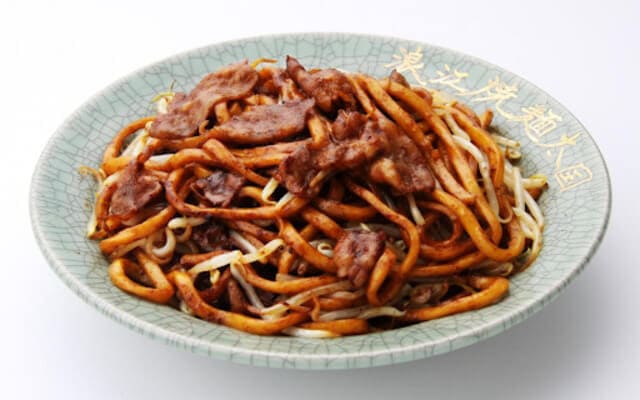
Namie Yakisoba stands as a prime example of how local cuisine can become a cherished part of a community’s identity. Its thick, satisfying noodles, combined with simple yet flavorful ingredients, offer a unique and comforting dining experience. From its humble beginnings as a workers’ meal to its triumph on a national stage, this dish embodies the spirit of regional Japanese food culture.
If you appreciate the hearty and distinct character of Namie Yakisoba, you might also enjoy exploring other regional Japanese noodle dishes. Consider trying the savory general style of Yakisoba, the unique broth-based Okinawa Soba, or the thick, chewy wheat noodles of Udon.
FAQ
- What is Namie Yakisoba?
Namie Yakisoba is a famous local noodle dish from Namie Town in Fukushima, featuring extra-thick noodles stir-fried with pork and cabbage in a rich, savory sauce.
- How is it different from regular yakisoba?
The noodles are much thicker—almost like udon—giving it a chewy texture and a bold, hearty taste.
- What does it taste like?
Smoky and savory, with the sweetness of cabbage and the richness of pork, all coated in a flavorful sauce.
- Where can I try it?
It’s available at restaurants and food stalls in Namie and throughout Fukushima, and sometimes at food festivals across Japan.
- Is it expensive?
Not at all—usually around 600–900 yen, making it an affordable local comfort food.
- Why is it famous?
It became well-known nationwide after the Great East Japan Earthquake, as a symbol of Namie’s recovery and resilience.
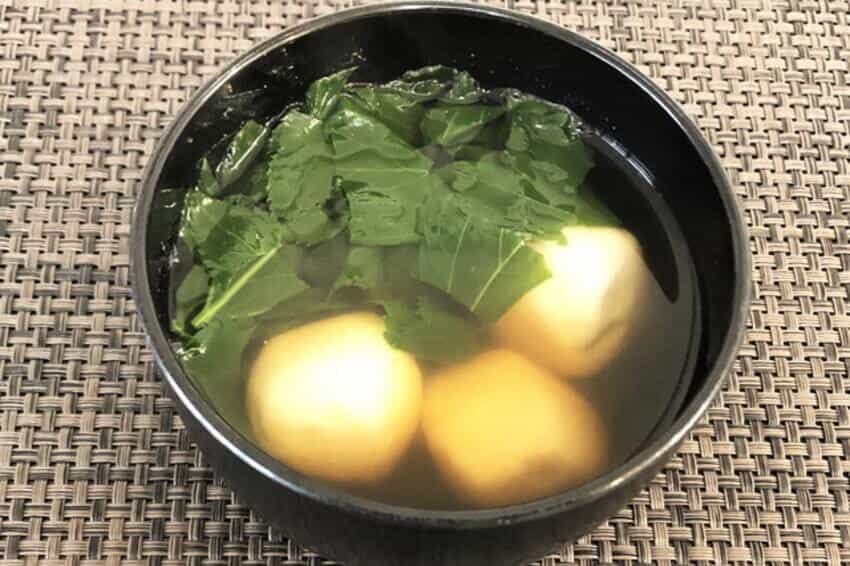
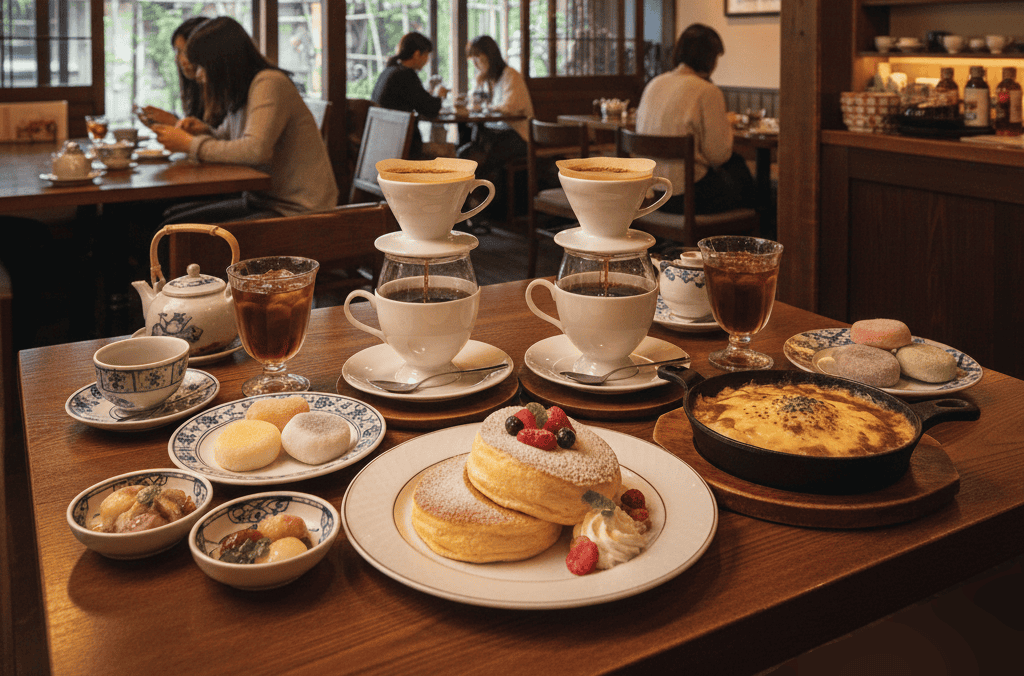
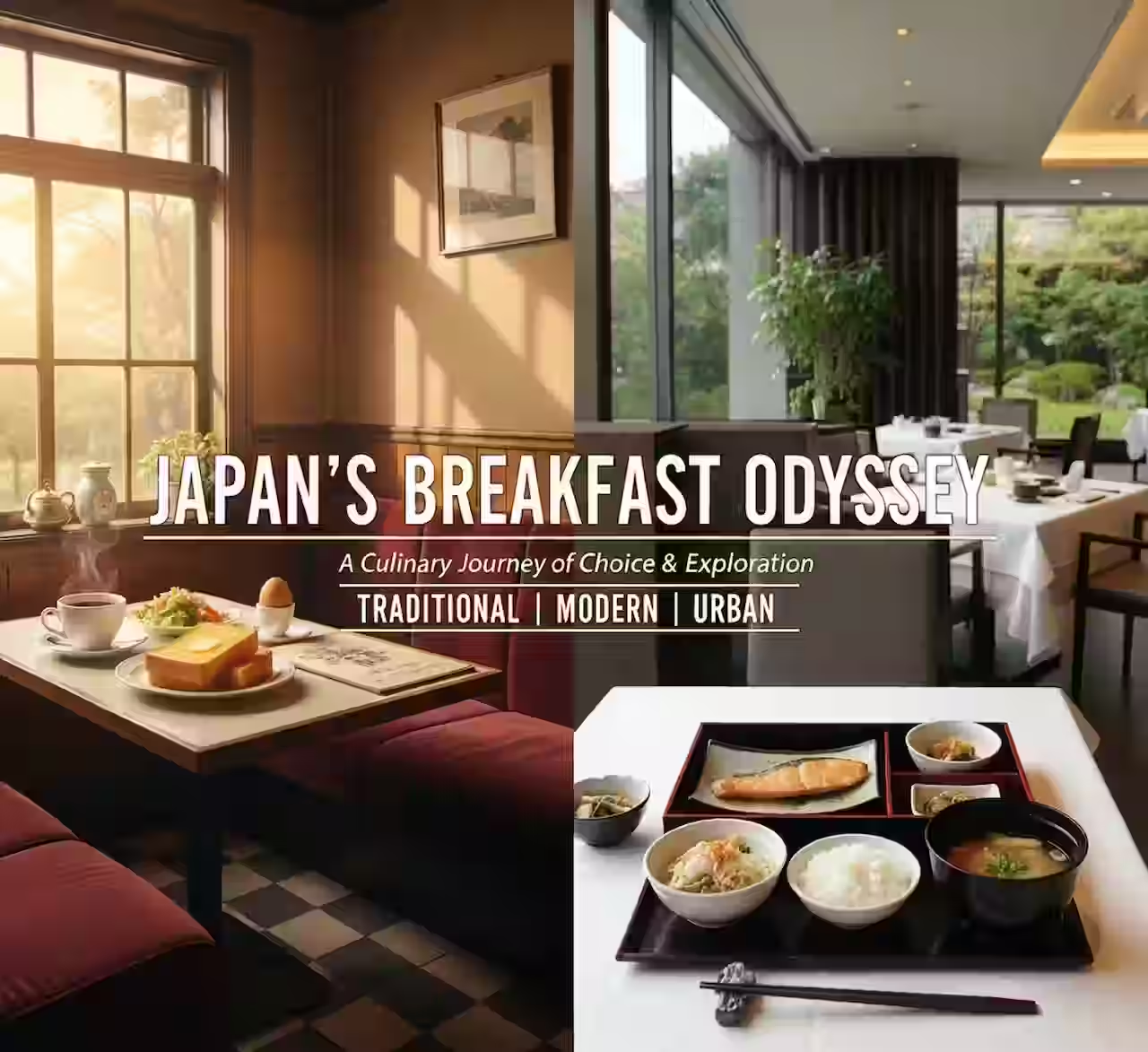
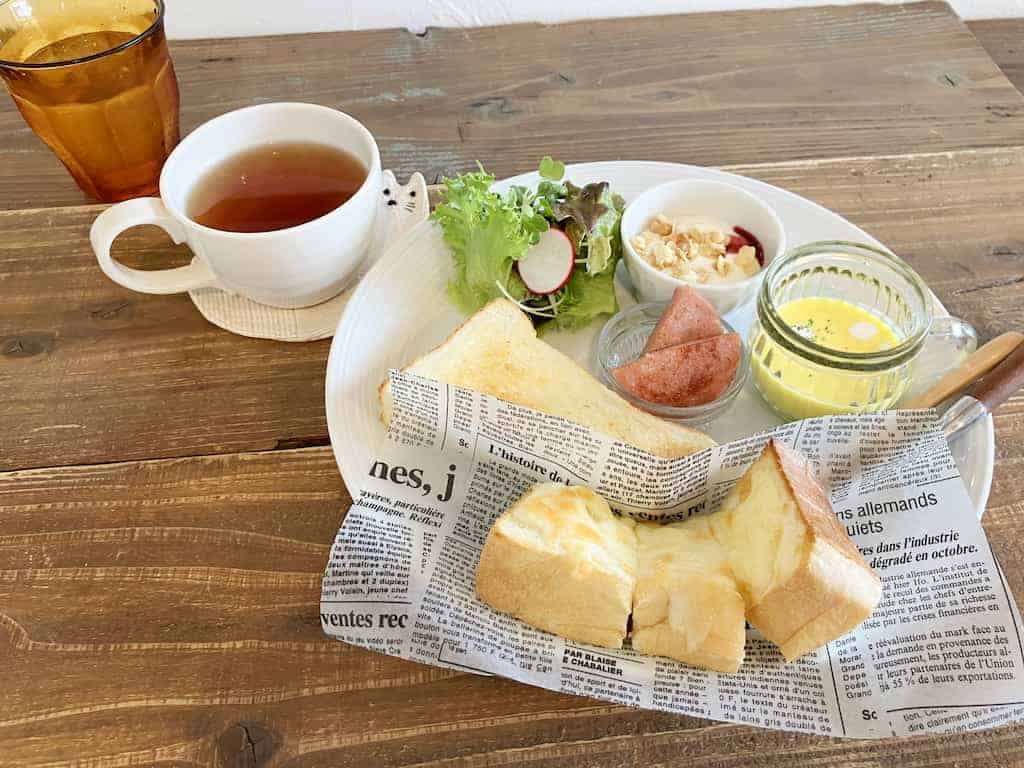
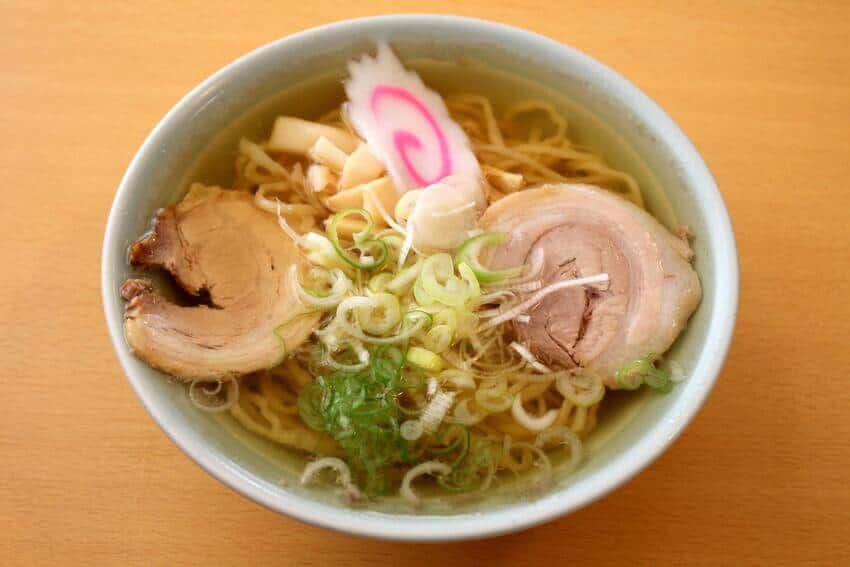

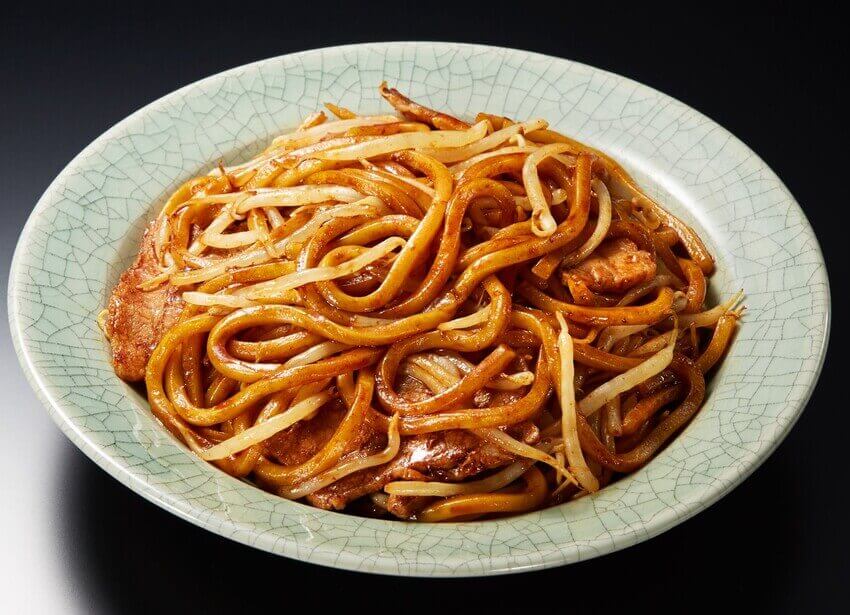
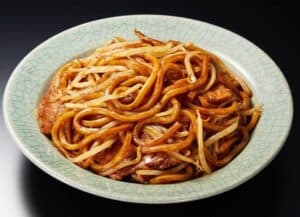
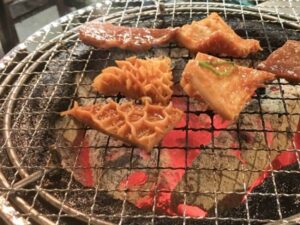
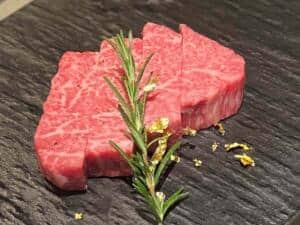
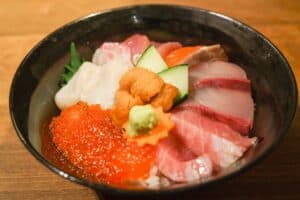
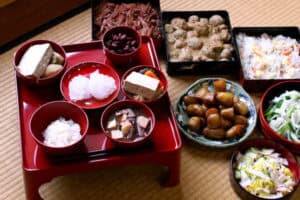
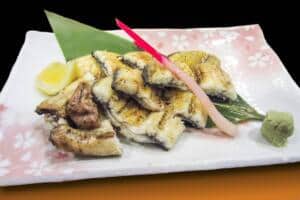
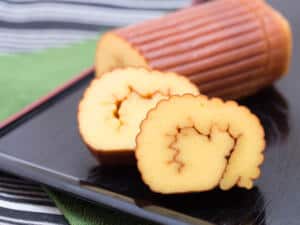
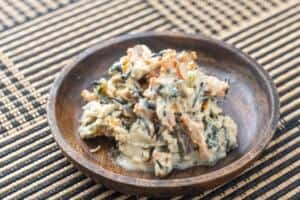

Comments